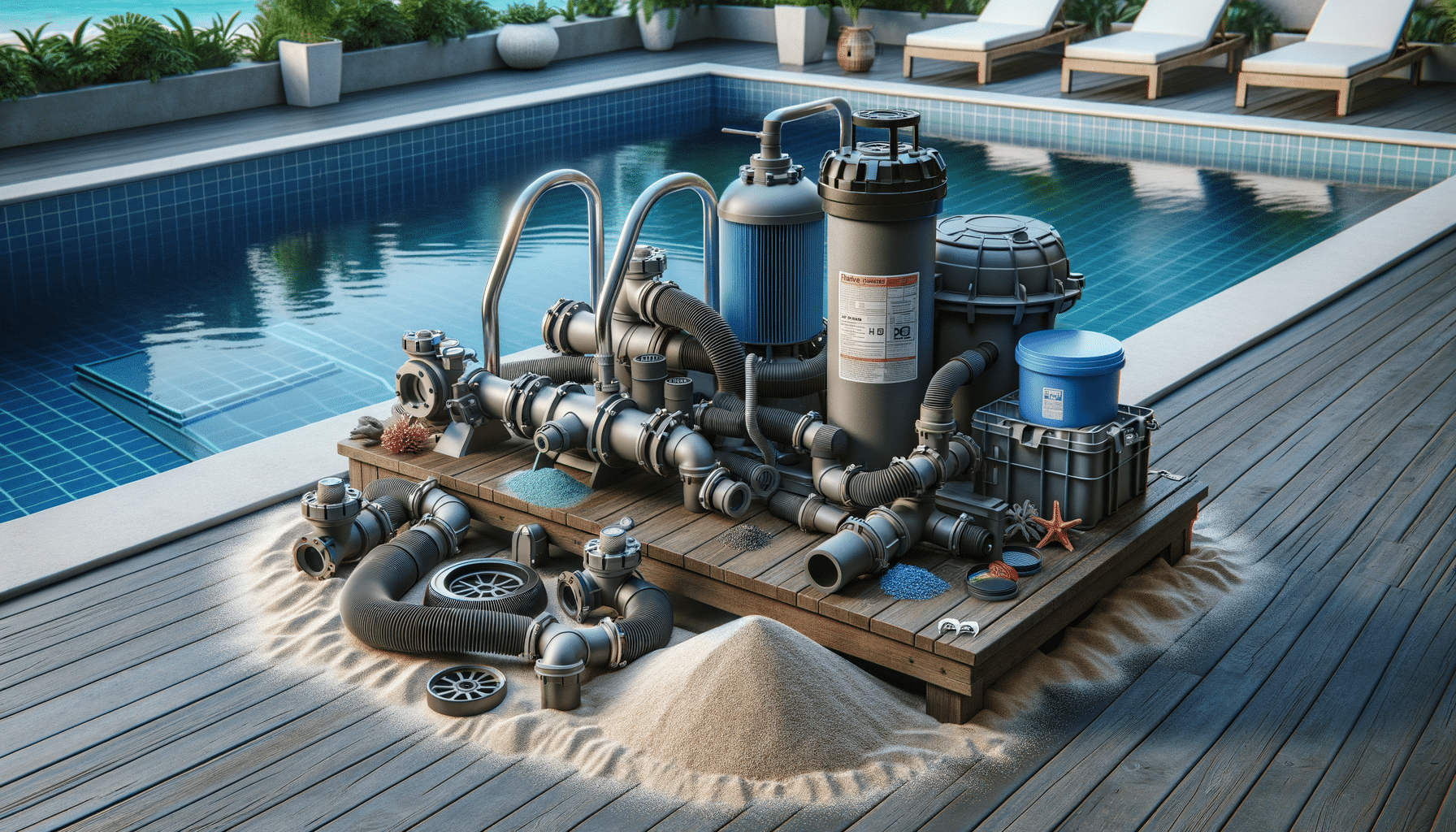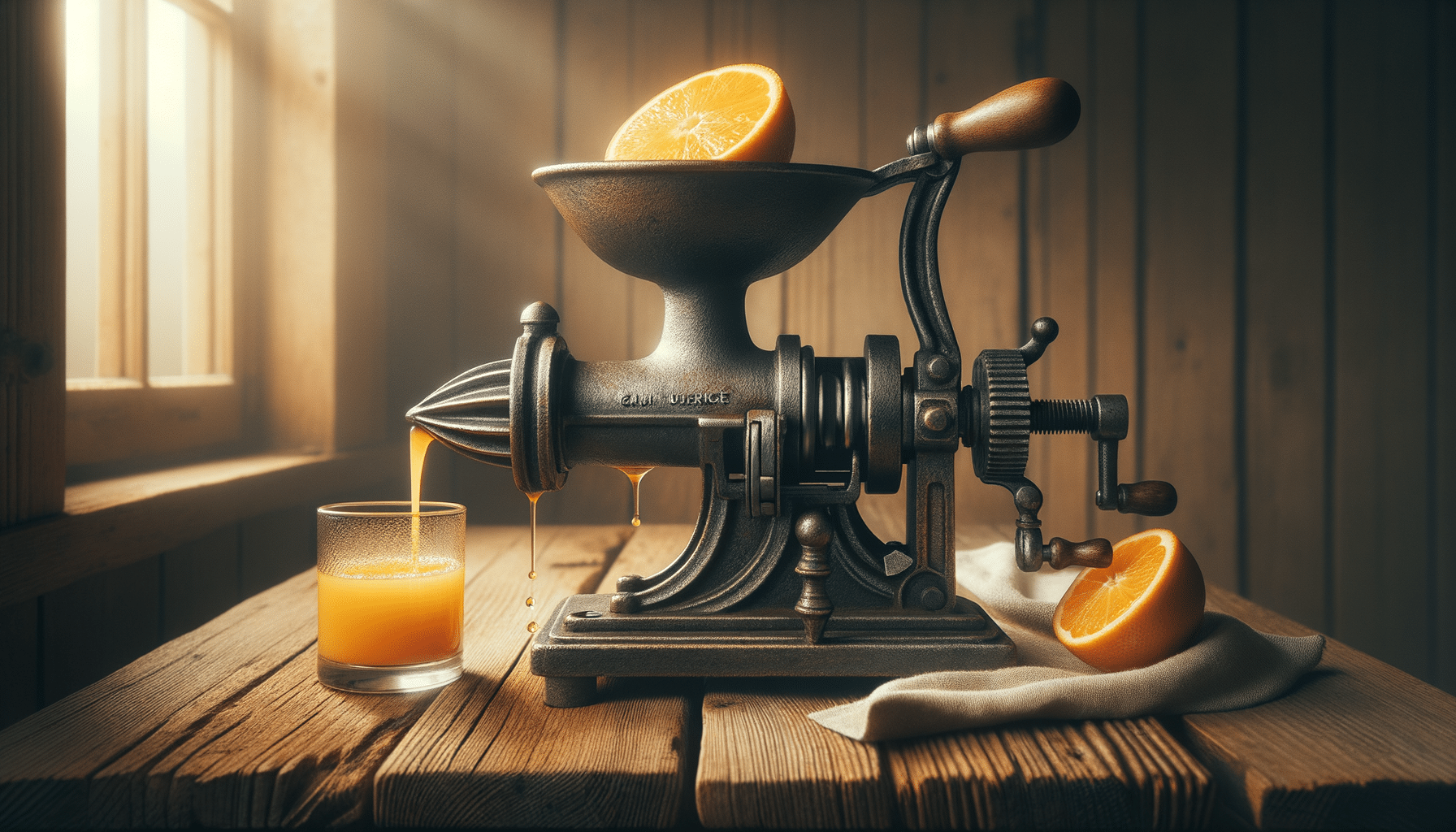
Choosing the Right Pool Pump and Filter for Better Water Circulation
Understanding Pool Pumps and Filters
Pool pumps and filters are the heart of any swimming pool system, working in tandem to keep the water clean and safe for swimmers. The pump circulates water through the pool, while the filter removes debris and contaminants. Choosing the right combination is crucial for maintaining water quality and ensuring efficient operation.
When selecting a pool pump, consider the size of your pool. A pump that’s too small won’t circulate the water effectively, while one that’s too large can waste energy and increase operational costs. Variable speed pumps are a popular choice due to their energy efficiency and ability to adjust to different flow rates.
Filters come in three main types: sand, cartridge, and diatomaceous earth (DE). Each has its advantages:
- Sand Filters: These are easy to maintain and cost-effective, using sand to trap debris. They require backwashing to clean.
- Cartridge Filters: Known for their fine filtration, these require less water for cleaning but need periodic replacement.
- Diatomaceous Earth Filters: Offering the finest filtration, they use a powdery substance to capture tiny particles, but require more maintenance.
Understanding these options helps in making an informed decision that balances performance, maintenance, and cost.
The Role of Pool Filter Sand
Pool filter sand is a critical component in sand filter systems, responsible for trapping particles as water passes through. The type of sand used can significantly impact the filter’s efficiency and the clarity of the pool water.
Standard pool filter sand is made from silica, known for its hardness and ability to withstand the pressure of water flow without breaking down. This durability is essential for maintaining effective filtration over time. However, over time, sand can become clogged with debris, reducing its effectiveness. Regular backwashing helps to clean the sand, but eventually, replacement is necessary, typically every 3-5 years.
Alternative filter media, such as glass or zeolite, are becoming popular due to their enhanced filtration capabilities. Glass media, for example, is made from recycled glass and offers superior filtration, requiring less backwashing and lasting longer than traditional sand. Zeolite, a natural mineral, can remove ammonia and other impurities, improving water quality.
Choosing the right filter media depends on your pool’s specific needs and the level of maintenance you’re willing to commit to. Understanding these options can lead to clearer, cleaner pool water with less effort.
Setting Up Your Pool Equipment
Proper pool equipment setup is essential for optimal performance and longevity of your pool system. This involves more than just connecting the pump and filter; it requires careful planning and installation.
The first step is to determine the correct placement of your pool equipment. Ideally, the pump and filter should be located close to the pool to minimize the length of piping and reduce energy loss. Ensure the equipment is on a stable, level surface to prevent vibrations and noise.
Next, consider the plumbing layout. Use PVC pipes that are appropriately sized for your pump’s flow rate to ensure efficient water circulation. Properly installed valves allow for easy maintenance and control of water flow. Additionally, installing a pump timer can help optimize energy usage by running the pump during off-peak hours.
Finally, regular maintenance is key to keeping your pool equipment in top condition. This includes checking for leaks, cleaning filters, and ensuring the pump is operating smoothly. By investing time in setting up and maintaining your pool equipment, you can enjoy a clean, healthy swimming environment with minimal hassle.


